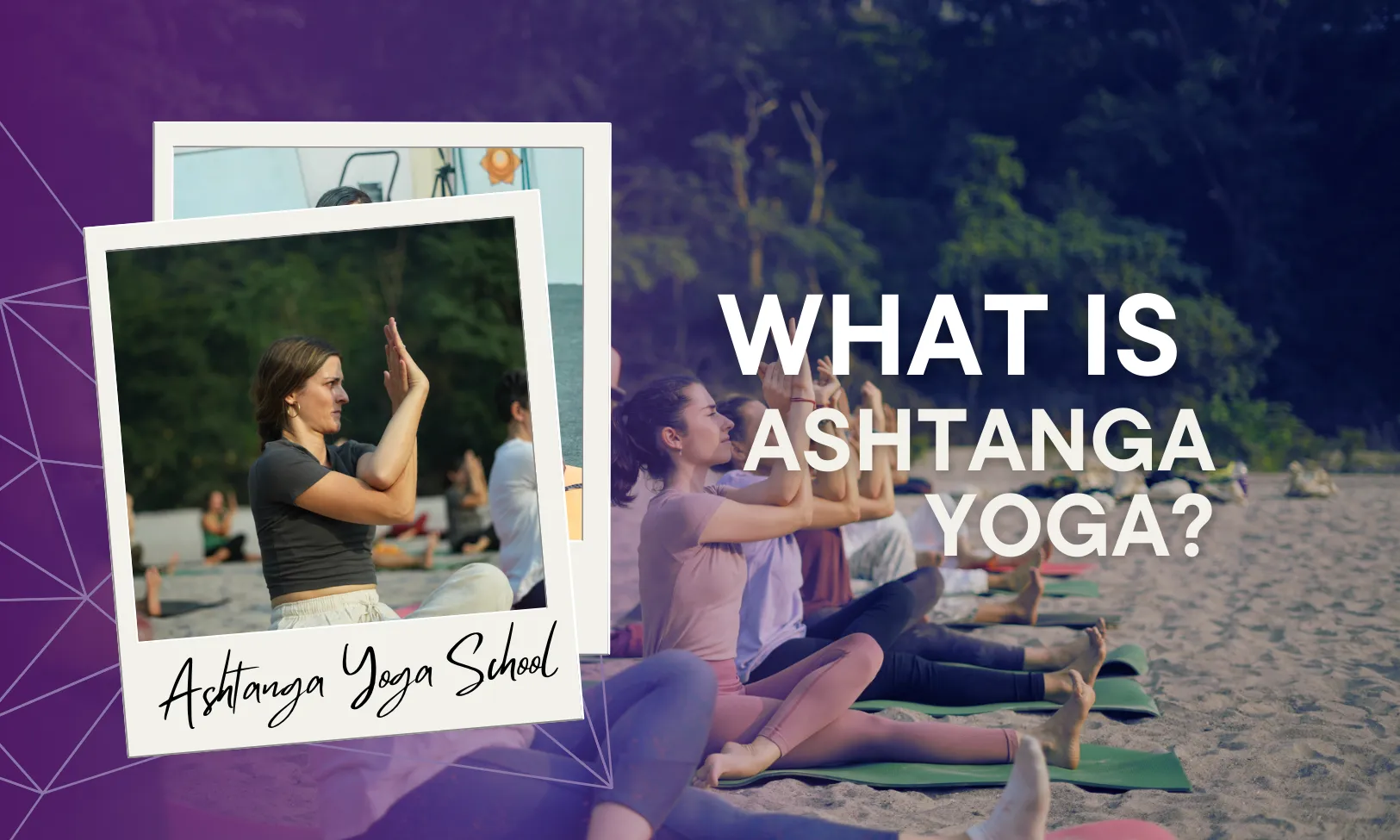
Ashtanga Yoga: The Disciplinary Eight Steps
Often referred to by most as the eightfold path, Ashtanga yoga is a philosophy that Patanjali envisions as set out in his textbooks called the Yoga Sutras. It is true that Ashtanga promotes exercise but more than that is a way of living as it aims at self-discovery and emancipation of the self. The word Ashtanga comes from two Sanskrit words Ashta (eight) and Anga (limbs) which refer to eight steps that are highly inter-related to create the philosophy.
What most people don’t understand is that Ashtanga Yoga is not confined to just a series of poses and controlled breaths, in truth it expands to a vast expanse. One's moral compass, state of being, focus on the mind and religion are all included as well.
Let’s go further into these three important points and see what some more of these timeless practices are.
1. Yama: The Intended Control
The first step explains one’s action with the aid of five common ethics also referred to as the five Yamas. These include:
- Ahimsa (non-violence)
- Satya (truthfulness)
- Asteya (non-stealing)
- Brahmacharya (Moderation in engaging in sensual pleasure)
- Aparigraha (non-hoarding)
As noted in the Yamas, Ahimsa was influential in Mahatma Gandhi’s philosophy for the struggle of freedom of India, as his principle revolved around Non-Violence.
2. Niyama: The Observances
Niyama relates to and promotes self-regulation and the efforts towards the development of the spirit. The five Niyamas are as follows:
- Shaucha (Cleanliness): Purity or cleanliness of body, mind, and the environment
- Santosh (Contentment): Learning to enjoy little things.
- Tapas (Discipline): A dedication to working on oneself.
- Swadhyaya (Self-study): Focus on texts and self-improvement.
- Ishwarapranidhana (Surrender to the divine): Confidence in the universe.
In the past, yogis experienced Shaucha by harnessing deep cleansing herbs and fasting, as external cleanliness was not a focal point.
3. Asana: Physical Postures
Asana is the most popular thing now but seems to the least popular aspects of yoga. With the recent trend focusing on flexibility and fitness, in the past Patanjali suggested asanas to combat prolonged meditating as they were struggling to that even comforted them. An ultimate aim was elasticity and stability not up and down twisting with moves.
The original Yoga Sutras mention only one asana: "Sthira Sukham Asanam," meaning a posture that is steady and comfortable. The plethora of poses we see today were developed much later.
4. Pranayama: Breath Control
Pranayama would control the breath with pranayama practices to achieve harnessing life energy. The practice includes techniques like alternate nostril breathing or Nadi Shodhana and holding breath or Kumbhaka which are helpful in soothing the brain and transfer of energetic charge to the body.
Recent studies reveal that specific pranayama techniques can decrease stress due to reduction in cortisol levels hence can be beneficial against anxiety.
5. Pratyahara: Sense Withdrawal
Pratyahara aims at withdrawing sense organs from exterior objects. This is somewhat like muting sound in order to draw one’s attention to oneself while ignoring outside surroundings. This step is very important in mastering the process of attention.
Pratyahara is synonymous with withdrawing stimulations as ones’ limbs resembling that of a turtle being drawn in – a metaphor that is said to be borrowed from Indian scriptures about the natural processus of withdrawal.
6. Dharana: Concentration
Dharana involves only a single aspect of life’s purpose with a single focus of attention like a mantra, light, or even breath. This is even practiced as a prerequisite of focused meditation.
The Dharana practice could also increase cellular-level functioning, including memory and resolution of complex inquiries. All of this illustrates the advantages that aren't even spiritual but rather realistic.
7. Dhyana: Awareness Concentration
Dhyana is the continuous and focus attention shift towards a single object without interruption. While in dharna one must bring striving and work, in dhyana one simply waits till the mind gets tamed and focused.
Various studies have proven that an increase in the volume of gray matter in the brain, specifically in areas that have to do with learning and control of emotions, is the effect associated with frequent meditation practice.
8. Samadhi: Merging with The Divine Presence
Samadhi is defined as the highest stage of Ashtanga Yoga – merging with the source of the universe in a state of bliss. It goes beyond the self-concept as well as ego and duality. Samadhi is often described as indescribable (one which is neither seen nor felt), as it surpasses the limitations of language and thought.
In advanced states of Samadhi, practitioners have reported extraordinary experiences, such as the cessation of the breath for extended periods and a profound sense of oneness with nature.
Taking A Step Forward: Common Cultural Elements in Ashtanga Yoga in Today’s Time
Ashtanga Yoga’s eight limbs provide a blueprint for living a meaningful and balanced life, transcending time and geography. Its principles can help modern individuals navigate challenges, build resilience, and foster inner peace.
For instance:
- Following Yama and Niyama strengthens relationships.
- Asana and Pranayama are good for both physical and mental health.
- Dharana and Dhyana allow one to focus in this distracting world.
- Pratyahara allows one away from the excess of information we experience daily.




